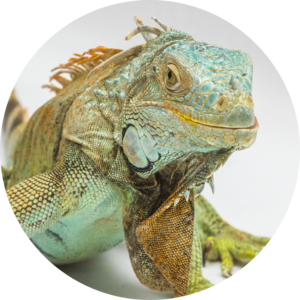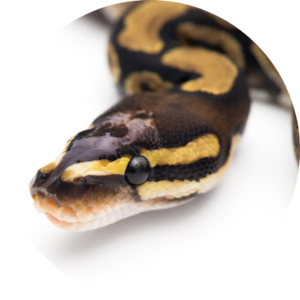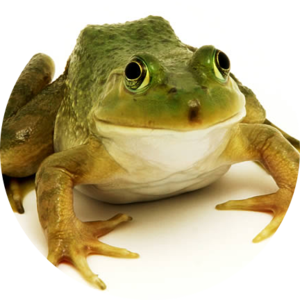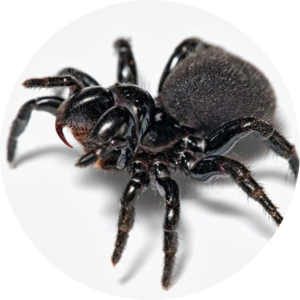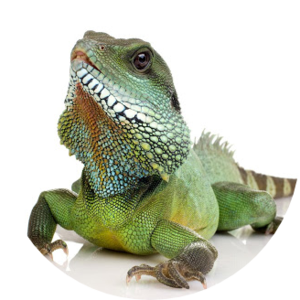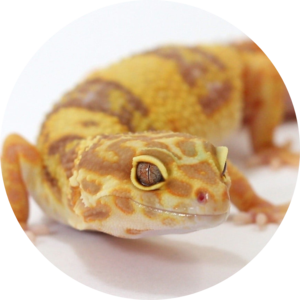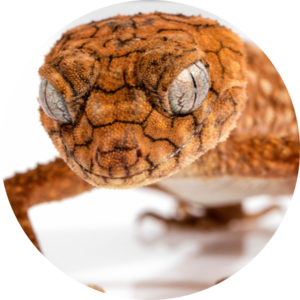Choosing Your Lighting Setup
The five most important criteria in determining the light you need are:
• Lumens per watt
• Lumen focus (as well as restrike)
• PAR (this is important to understand)
• PUR/Useful Light Energy (Probably the most important factor; this is related to PAR, however many lamps can have reasonable PAR output but fail in comparison when PUR is considered).
• Watts (or watts per gallon, however this term is over used/simplistic)
Aquarium Lighting; Reef, Planted Light Information. PAR, Bulb, Watt, Kelvin, Nanometers, MH, LED.
Visible light occurs between 400 and 780 nm. Nanometers are the measure of wavelength of light, with visible light being someplace in the middle. As light hits the surface of our tanks, light is filtered out. Red goes first and blue goes last. Our corals need a wide range of this light in order to live.
“Most photosynthetic invertebrates should be kept with lamps of a daylight Kelvin temperature from 6400-14,000 K (higher Kelvin with deeper specimen placement, not necessarily tank depth). 20,000K daylight lamps can also be used for deeper tanks, however I have found it better to use a 14,000K Daylight or less supplemented with more blue (400nm- 550nm).
Photosynthetic invertebrates (many corals, anemones, clams, nudibranch, etc.) also need more blue (400-550nm) than "higher" plants especially as tanks increase in depth, with 465-485 recently being shown the optimum blue. Not only is blue/actinic lighting beneficial to photosynthetic invertebrates, it is also aesthetically pleasing to the eye when used to supplement "daylight" lighting. (Strohmeyer)”
So the wavelength of this light will impact coral growth. There is another unit that is important that that is Kelvin. I could go on and on about how what Kelvin is, but essentially it’s a temperature. However when we use Kelvin in talking about saltwater aquariums we are referring to color temperature. I will explain this more later.
PAR is another EXTREMELY important factor in lighting. “PAR is the abbreviation for Photosynthetically Active Radiation which is the spectral range of solar light from 400 to 700 nanometers that is needed by plants & symbiotic zooanthellic algae (Zooxanthellae are single-celled plants that live in the tissues of animals such as corals, clams, anemones, & nudibranchs) for photosynthesis. (Strohmeyer)””
You also need to take into consideration, Lumens, Wattage, PUR, and many others. This is all research that you can do on your own. I have cited a fantastic source of a VERY detailed and accurate description of lighting. Here is a great list of things you should consider as well:
· Important Parameters to consider when choosing a light for your aquarium (not a complete list):
• Watts per gallon,
• Lumens per watt,
• Lumen focus
• PAR (often easiest determined by Kelvin output), although it is important to note that the symbiotic zooxanthellae found in many corals and clams require more of the "blue spike", so high PAR for higher plants is not exactly the same for corals although it is safe to say a PAR reading of 50 mmol will work for most light sensitive corals.
• PUR/Useful Light Energy (not wasted in yellow/green light spectrum that green plants and zooanthellic algae reflect)
• Output in relation to bulb length (this is where LEDs and to a lesser extent T2s and T5s excel).
• Lux, I generally only consider this parameter in deeper Reef and occasionally deeper planted freshwater aquarium to determine if I am getting the proper light where it needs to be.
• Specimen Placement/ Tank Depth; although not a parameter per say, it still affects lighting decisions and even the few "watts per gallon" generalizations I provide in this article.
For instance any SPS/LPS coral placement deeper than 18-20 inches should rule out most T5 lights and deeper than 24-30 inches rules out many LED lights (24 to 30 inches at least requires the most powerful LEDs such as the AquaBeam 100 Ultra or Orphek); In these deeper depths the Metal Halide is still king. (Strohmeyer)
• Lumens per watt
• Lumen focus (as well as restrike)
• PAR (this is important to understand)
• PUR/Useful Light Energy (Probably the most important factor; this is related to PAR, however many lamps can have reasonable PAR output but fail in comparison when PUR is considered).
• Watts (or watts per gallon, however this term is over used/simplistic)
Aquarium Lighting; Reef, Planted Light Information. PAR, Bulb, Watt, Kelvin, Nanometers, MH, LED.
Visible light occurs between 400 and 780 nm. Nanometers are the measure of wavelength of light, with visible light being someplace in the middle. As light hits the surface of our tanks, light is filtered out. Red goes first and blue goes last. Our corals need a wide range of this light in order to live.
“Most photosynthetic invertebrates should be kept with lamps of a daylight Kelvin temperature from 6400-14,000 K (higher Kelvin with deeper specimen placement, not necessarily tank depth). 20,000K daylight lamps can also be used for deeper tanks, however I have found it better to use a 14,000K Daylight or less supplemented with more blue (400nm- 550nm).
Photosynthetic invertebrates (many corals, anemones, clams, nudibranch, etc.) also need more blue (400-550nm) than "higher" plants especially as tanks increase in depth, with 465-485 recently being shown the optimum blue. Not only is blue/actinic lighting beneficial to photosynthetic invertebrates, it is also aesthetically pleasing to the eye when used to supplement "daylight" lighting. (Strohmeyer)”
So the wavelength of this light will impact coral growth. There is another unit that is important that that is Kelvin. I could go on and on about how what Kelvin is, but essentially it’s a temperature. However when we use Kelvin in talking about saltwater aquariums we are referring to color temperature. I will explain this more later.
PAR is another EXTREMELY important factor in lighting. “PAR is the abbreviation for Photosynthetically Active Radiation which is the spectral range of solar light from 400 to 700 nanometers that is needed by plants & symbiotic zooanthellic algae (Zooxanthellae are single-celled plants that live in the tissues of animals such as corals, clams, anemones, & nudibranchs) for photosynthesis. (Strohmeyer)””
You also need to take into consideration, Lumens, Wattage, PUR, and many others. This is all research that you can do on your own. I have cited a fantastic source of a VERY detailed and accurate description of lighting. Here is a great list of things you should consider as well:
· Important Parameters to consider when choosing a light for your aquarium (not a complete list):
• Watts per gallon,
• Lumens per watt,
• Lumen focus
• PAR (often easiest determined by Kelvin output), although it is important to note that the symbiotic zooxanthellae found in many corals and clams require more of the "blue spike", so high PAR for higher plants is not exactly the same for corals although it is safe to say a PAR reading of 50 mmol will work for most light sensitive corals.
• PUR/Useful Light Energy (not wasted in yellow/green light spectrum that green plants and zooanthellic algae reflect)
• Output in relation to bulb length (this is where LEDs and to a lesser extent T2s and T5s excel).
• Lux, I generally only consider this parameter in deeper Reef and occasionally deeper planted freshwater aquarium to determine if I am getting the proper light where it needs to be.
• Specimen Placement/ Tank Depth; although not a parameter per say, it still affects lighting decisions and even the few "watts per gallon" generalizations I provide in this article.
For instance any SPS/LPS coral placement deeper than 18-20 inches should rule out most T5 lights and deeper than 24-30 inches rules out many LED lights (24 to 30 inches at least requires the most powerful LEDs such as the AquaBeam 100 Ultra or Orphek); In these deeper depths the Metal Halide is still king. (Strohmeyer)

